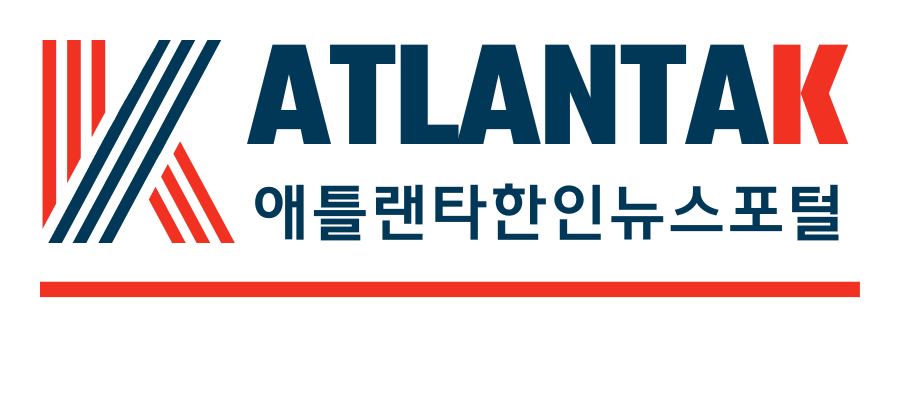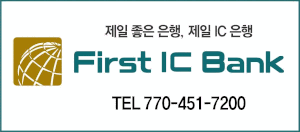Staple food
Introducing the Different Types of Korean Food

There are Bap (cooked rice), juk (porridge), guksu (noodles) and various other staple foods. Side dishes include guk (soup) jjigae (stews), jeongol (hot pots), bokkeum (stir-fried dishes), jjim, jeon (pan-fried delicacies), saengchae (raw vegetables), namul (herbs), jorim (food boiled in seasonings), cho (vinegar), junyueo (fried fish), gui, jeok (grilled seasoned meat on a stick), hwe (raw dishes), ssam(food wrapped in lettuce, cabbage, sesame, or other greens), pyunyuk (slices of boiled meat), jokpyeon (cow’s foot jelly), twigak (frield kelp), boogak (another type of fried kelp), po (fish or meat sliced thin), jangajji (vegetables pickled in soy sauce), kimchi, jutgal (salted fish).
The desserts are divided into tteok (rice cake), gwaja (cookies), saengwa (fresh fruit), cha (tea), and other beverages are also called eumcheong-ryu.

The staple food is the white bap made of rice. There is also a mixed grain bap, which is rice mixed with barley, sorghum, beans, adzuki beans and other grains. Bap is made by boiling the grains and fruits, in order to absorb the water, with rice and letting it rest for a sufficient amount of time. You can also create different kinds of bap by mixing special ingredients such as:vegetables, seafood, and meat. Bibimbap is a dish where different kinds of herbs and meat are placed on top of bap.


Juk, Mieum, and Ongyi are portable foods. They are made from grains and juk is made by placing or grinding the grains into boiling water and letting it rest. Mieum is different from juk, where the grain itself is put in to boil with the sieve and filtered. Ongyi is a type of food where the grain is boiled in water and it becomes thin enough to drink. You can also boil different vegetables, meat, and fish with grains, when making juk. There are different types of juks, such as: Jat juk (pine nut porridge), Ggae juk (a gruel made of powdered sesame), Hodu juk (walnut porridge), Nokdu juk (mung-bean gruel), and Kong juk (mixed gruel of rice and beans), which are created by boiling the fruits of the grains. Also, there are juks called: Nulgeunhobak juk (pumpkin porridge), Aehobak juk (green pumpkin porridge), Shiitake juk (mushroom porridge), and Awook juk (curled mallow porridge). These juks use vegetables. For juks made of seafood, there are: Jeonbok juk (abalone porridge) Uh juk (fish porridge), Jogae juk (clam porridge), Peemoonuh juk (octopus porridge) and other juks. There are also juks made up of meat, which are: Janggeuk juk (clear soup porridge), Swegogi juk (beef porridge), Dakgogi juk (chicken porridge) and others.
There are a variety of mandu peels depending on the ingredients and fillings. Mainly, the peel is made by flattening dough, but there are some mandu peels that are created by flattening buckwheat flour. Mandu created by buckwheat flour are called Memil mandu (buckwheat flour dumplings). During ancient times, in the palace, mandu was made into a half-moon shape, called Byungsi, or a sea cucumber shape, called Gyuasang. These two methods are different from the commonly used method today, which is to close the peel in the shape of the fillings.

The mandu is filled with pumpkin, bean sprouts, beef, and other ingredients. They are then covered in a rectangular shape. Pyeongan-do, which is a region in the northern parts of North Korea, used to make fillings with cabbage kimchi, pork, and tofu. They also shaped their mandu in big circle shapes and wrapped the peel around in accordance with the fillings inside. Then, they boiled the mandu in meat broths. During Lunar New Year’s Day, a family pays their respect to their ancestors by conducting ancestral rites. They serve tteokguk to their ancestors and the family eats it as well. This is a tradition that has been passed down in Korea. Tteokguk is made by boiling bar rice cakes, made up of nonglutinous rice, in meat broths. The bar rice cakes are cut thin and ovally shaped. In the north, people enjoy mandu on Lunar New Year’s Day, and in the south, people enjoy eating tteokguk.

Guksu was not made to eat for breakfast or supper. Rather, it was served to guests on special occasions. Guksu was a simple cuisine that could be enjoyed during lunchtime. There are different types of guksu, depending on the grain or starch used to make it. There are Mil guksu (wheat-flour noodles), Memil guksu (nuchwheat noodles), Nokmal guksu (Starch Noodles), Gangryang guksu (corn noodles), Chilgk guksu (arrow root noodles), and many other types.
Also, there are different types of soups for the guksu. You can eat guksu in either a hot soup or cold soup. Guksu, in a hot soup, makes the noodles warm, while you can enjoy meat broths, Naengmyeon (cold noodles) with Dongchimi (water-based radish kimchi), Bibim guksu without boiling it in clear water, if you eat with a cold soup. One example of a warm noodle dish is Guksujang guk (clear soup noodles) which used pheasants in the past, but now beef brisket or beef leg bone is boiled more commonly. Boiled chicken is used to make Kal Guksu, and this is another example of a guksu using warm soup. Naengmyeon is made by mixing dough or starch with buckwheat powder and extracting it by putting it in a noodle-maker. Kal guksu is made by slicing dough or buckwheat powder. In the summer, you can also enjoy Kong guksu (Bean Noodles) which is a mixture of wheat-flour noodles with bean soup.
제공















![[비즈카페] 3월 한달 축복받은 피부를 선물하세요](https://i0.wp.com/atlantak.com/wp-content/uploads/2024/03/KakaoTalk_20240312_023033476_02.jpg?resize=245%2C156&ssl=1)
![[비즈카페] “눈 성형, 한국 가지 않아도 됩니다”](https://i0.wp.com/atlantak.com/wp-content/uploads/2024/03/KakaoTalk_20240222_101122069-scaled.jpg?resize=245%2C156&ssl=1)



